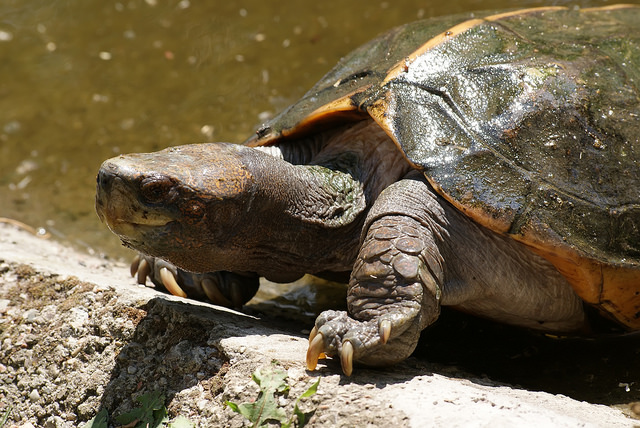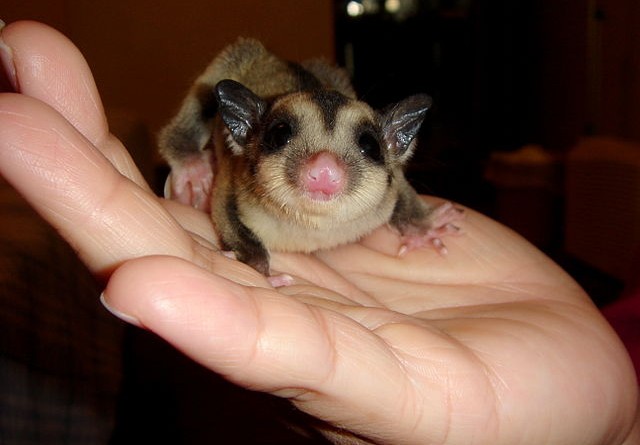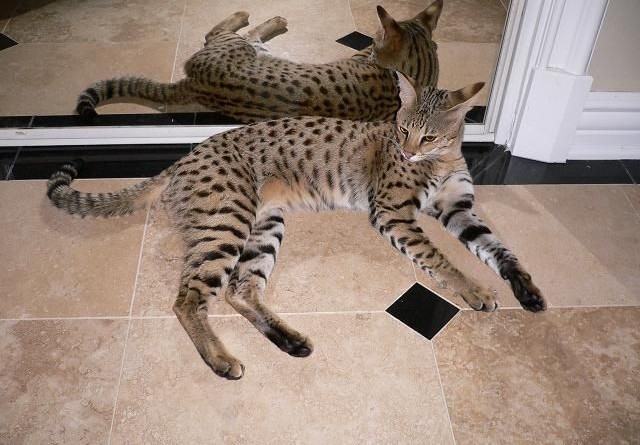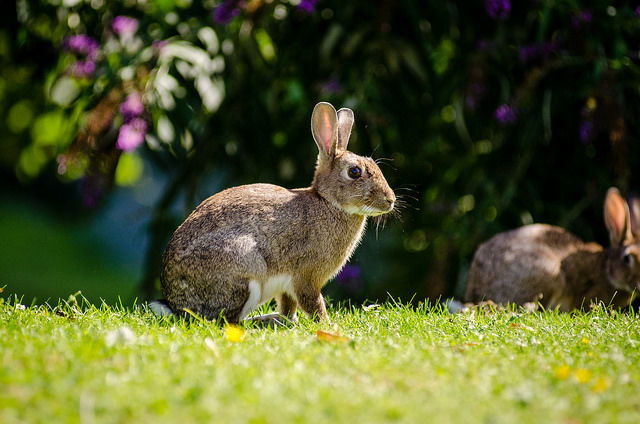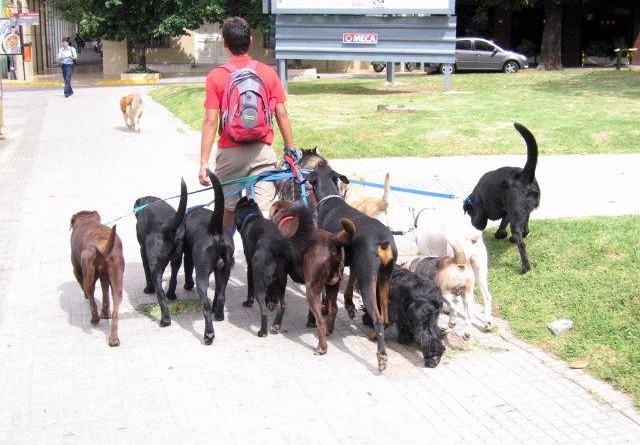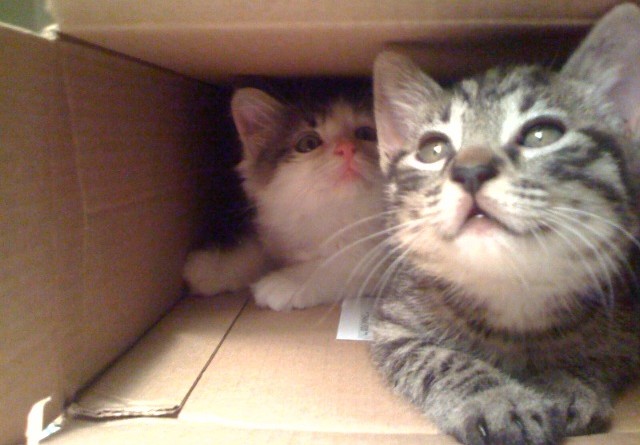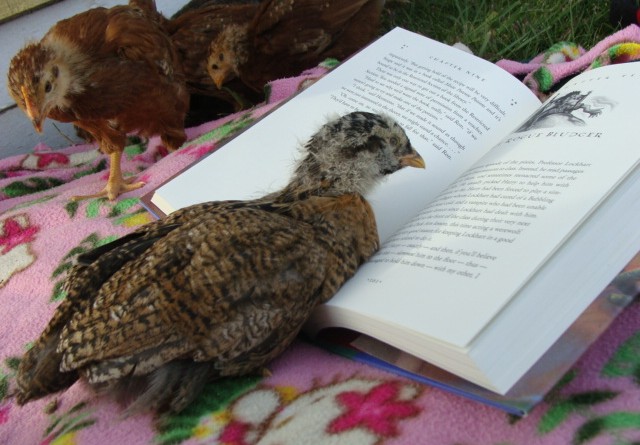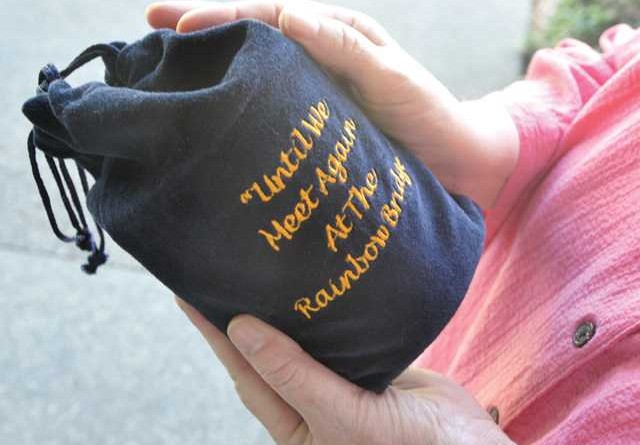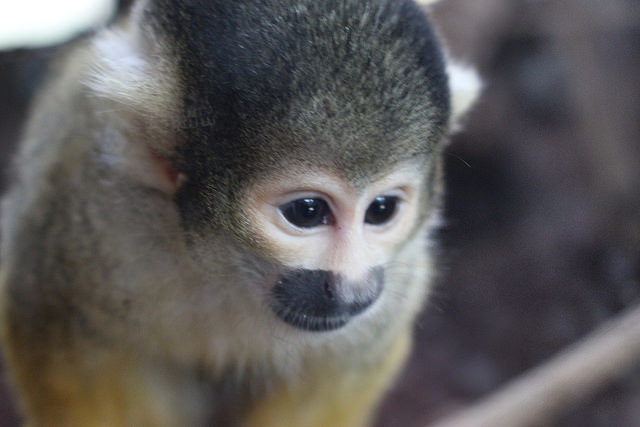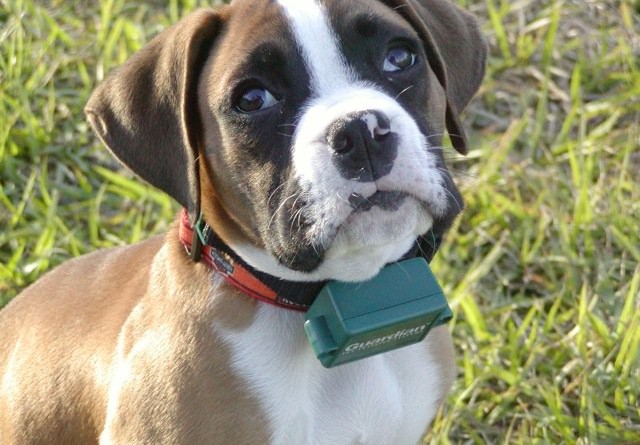Pets And Pet Care
Many people own pets of all shapes and sizes. Dog lovers and cat lovers abound, but people also like animals that are not as common. Reptiles, porcupines, and other furry critters have historically found their way into people’s hearts and homes. The cost of owning a pet can vary widely depending on a variety of factors. Many pets can be bought at little or no cost from shelters or individuals who need to relocate their pets. On the other hand, pets can be quite costly if acquired from breeders who emphasize pedigree and genetics. It is up to the consumer to decide whether they are willing to give a neglected pet a second chance or if they want to buy into the enthusiasm that comes along with getting a new puppy from a breeder. Another possibility is finding a pet, whether they be a stray wandering alone in the city or a bird that is currently flying free in the wild although it should be noted that acquiring pets in unusual ways often break laws and could lead to a difficult time for your pet to adjust to its new home.
After finding or purchasing a new pet there are many initial costs. Pets need to be fed, and many pets also need cages or beds of some sort to give them a space of their own. Many individuals find that pets are happiest when they have a space of their own, which is why it has become exceedingly popular to provide the critters with beds and cages. Additionally, a cage can be helpful when traveling, as the pet will already be used to being in a confined space. Another benefit of a cage or bed is when the pet is visiting a family member or friend. The bed or cage turns into a transportable home, which is undoubtedly helpful when you are trying to keep a frazzled pet happy and calm. Obviously, the benefits that are associated with pet beds and cages make the cost worth it for many people. The bed and cage will also usually last for the lifetime of the pet, which makes it a onetime investment.
Pet needs vary in cost depending on the type of animal. Exotic pets frequently require specialty foods that come with hefty price tags. In contrast, a stray from a shelter will probably be happy eating scraps from the table along with dry pellets, unless the pet has a medical condition that makes this method impractical. Reptiles are usually the ones that have the most specific diet, which often consists of furry critters that are still alive or frozen. It is vital to consider whether or not you feel comfortable with your future pet’s dietary needs before subjecting yourself to the responsibility of taking care of it. Seeing a critter die for the sake of your reptile’s appetite can be emotionally as well as monetarily costly for many individuals. Furthermore, having a pet that needs meals that require extensive preparation can cost both time and money.
A pet can also have long-term costs that are unforeseen. Many costs for pests are expected such as yearly vet bills for checkups or teeth cleaning. Pet insurance is currently available to help owners with this expense as well as expenses that arise from unexpected illnesses or injuries. Flee prevention is another expense that goes hand in hand with owning most mammals. There are special companies that can help with the expense of flee prevention, which should usually be applied several times each year. Pet grooming can also be expensive, but it is important to note that certain pets require more grooming than others. Furthermore, pet grooming is something that many pet owners do on their own, especially when it comes to trimming nails and bathing.

